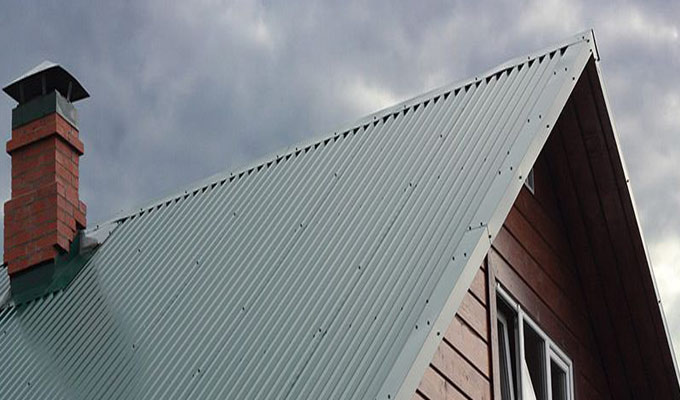Benefits and Limitations of Metal Roofs

Metal roofs are long lasting, energy efficient and require very low maintenance. As a result, metal roofs are an attractive options in housings. There are many options to choose from in case of metal roofing- tin, zinc, aluminum, copper, or galvanized steel.
Now, let us have a look at the benefits and limitations of metal roofs:
- Metal roofs last from 40 to 70 years, depending on the material, thus making longevity one of its properties. In comparison, traditional asphalt roofs last for 10-20 years.
- Metal roofs can tolerate wind gusts up to 140 miles per hour without corroding and cracking. Also, depending on the material, it can be impact – resistant.
- Metal roofs don’t require periodic costly maintenance unlike other materials.
- Metal roofs are safer as they will not spark and ignite into flames in case of an wildfire or lighting.
Benefits –
- Metal roofs reflect solar radiant heat. It can reduce cooling costs by 10-25%
- Metals are 100% recyclable at the end of their life as a roof. As a result, they are extremely environmentally friendly.
- Metal roofs can be as much as two to three times more expensive that other roofing materials. Hence it becomes a costly option for home owners.
- Metal roofs can be noisy when it rains or there is a hailstorm. This can be avoided by adding extra insulation but will increase the cost involved
Limitations of metal roofs
- Metals have a tendency to expand and contract in high and low temperature respectively. If they are not properly installed with fasteners, the panels may become loose over time.
- If a repair is required or a home extension is added years later, it may be difficult to find an exact match to the existing metal.
- If water accumulates anywhere on the roof because of poor-quality installation or repair, it can eventually cause serious damage. Low-grade metals may also be thinner and less durable. Some metals rust in certain climates or dent more easily than others during hailstorms or installation.


